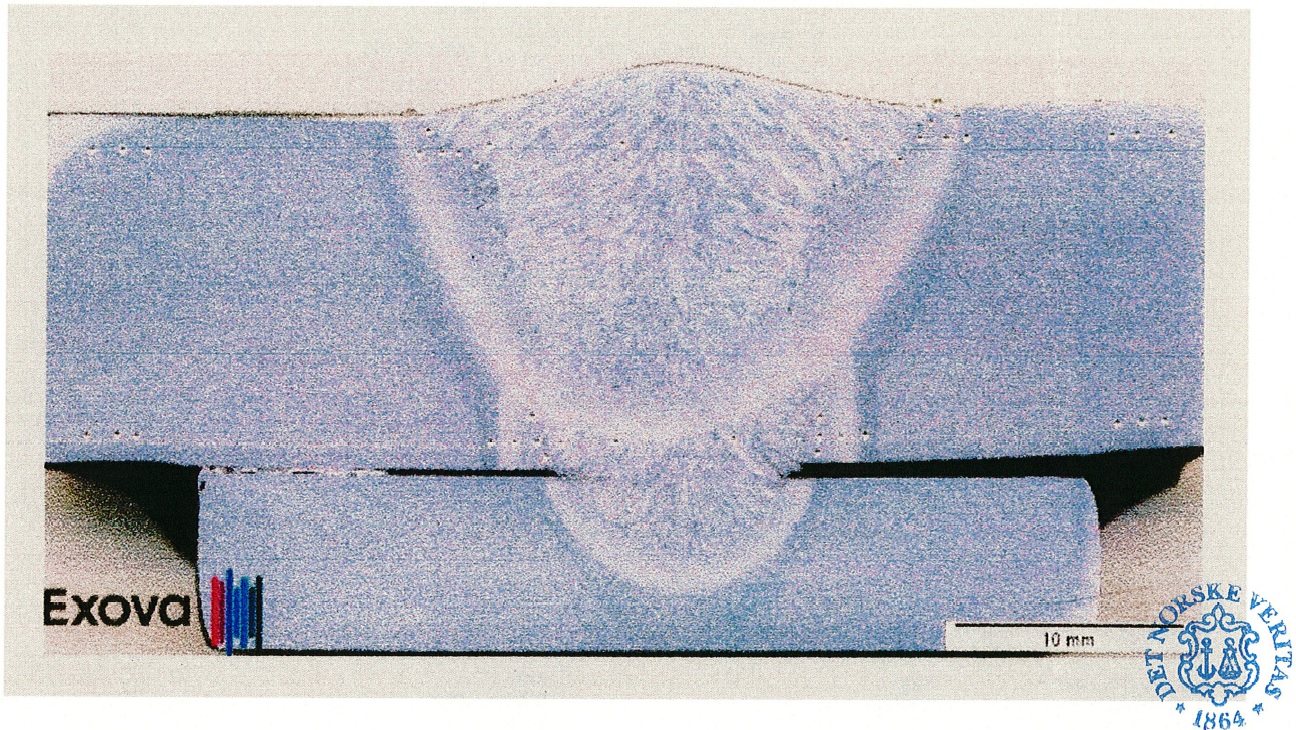Veer007
Civil/Environmental
- Sep 7, 2016
- 379
Hey guys, do you have any best idea about field weld splice connection for HSS column, also advise how to calculate its full splice capacity, suggestions that may conclude CISC would be best.
Thanks in advance!!
Thanks in advance!!

